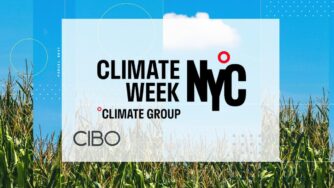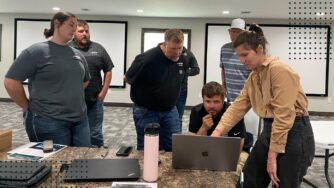Over the years, the use of agricultural land and management practices are key drivers of the environment both locally and globally. Thus, monitoring changes to ag landscapes helps us better understand food production, environmental conservation efforts, and climate change. CIBO helps the agriculture community gain early insights into the crop acreage estimates through an early analysis of the growing season with actual, objective data.
The CIBO crop inference engine uses satellite imagery to estimate the planted acres for parcels across the corn belt. CIBO’s statistical models show that total acres of corn planted in three major corn-belt states (Illinois, Indiana and Iowa) for 2020 were 27 million acres, increasing 8 million acres from the previous year. Individually, all three states showed a significant increase in corn acreage in 2020. We believe this trend is a reflection of market forces. The fall in soybean prices in 2019 led many farmers to plant corn in 2020. But 2021 may be a different story: both corn and soybean prices are currently trending upward, and growers will have to make tough choices. And many factors during this spring’s planting can drive decisions in one direction or another.
The CIBO platform gives farmers, investors, lenders, and all other stakeholders in the agriculture and rural land economy the proprietary, parcel-level insights and easy access to publicly available data they need to power an agricultural ecosystem that’s environmentally and economically enduring. The USDA announces national acres planted insights. Those reports tell you what will likely happen, CIBO’s capability is the first to tell you where and why it is likely to happen. This insight creates new opportunities for actionable farming, agribusiness, sustainability and trading decision-making.



